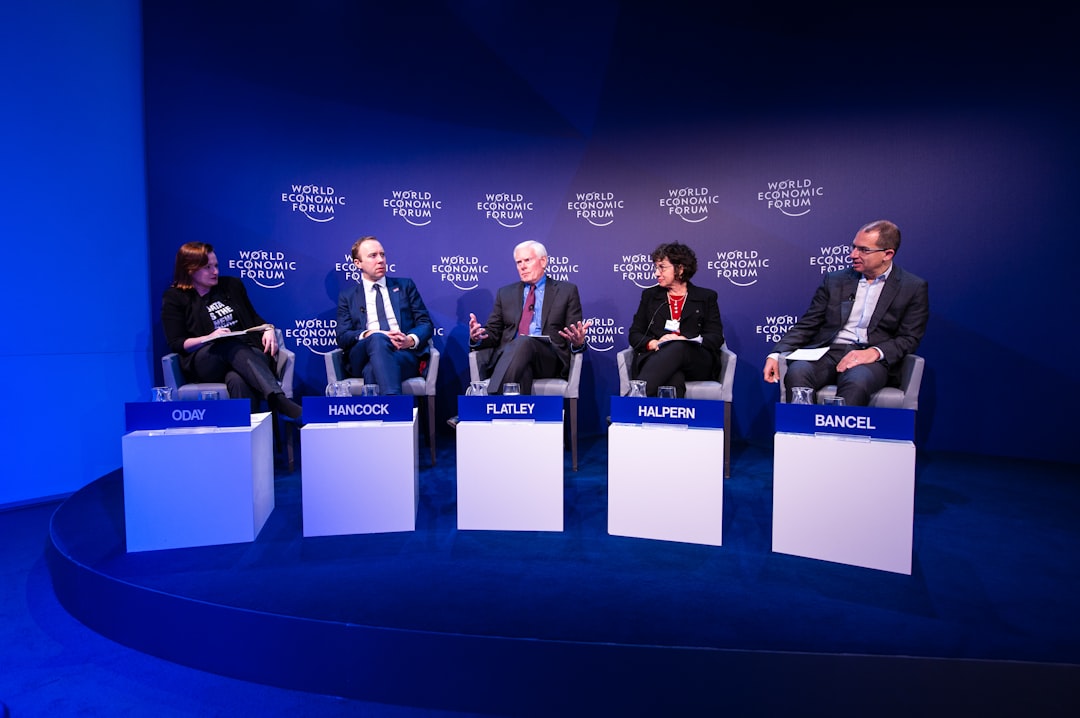What is it about?
US planners responsible for determining how best to defeat Japan and establish a peaceful occupation of their homeland entertained a unexpected approach. Planners safeguarded the person whom they would normally hold accountable for starting the war in the Pacific. Archival documents chronicle the evolving logic for this approach, suggesting that the planners associated protecting the Emperor with reducing the Japanese people's willingness to continue fighting.
Featured Image
Why is it important?
So long as national and military leaders equate defeating an enemy with killing people or breaking things, organizations responsible for resolving conflict should expect to remain engaged in a state of protracted violence. Reinforcing meaningful discourse on understanding the values, beliefs, and motivations that trigger a willingness to employ violence and subject oneself to a violent response can only serve to give organizations options - perhaps to win a war without fighting.
Read the Original
This page is a summary of: Will-to-Fight: Japan’s Imperial Institution and the U.S. Strategy to End World War II, War & Society, January 2015, Taylor & Francis,
DOI: 10.1179/0729247314z.00000000046.
You can read the full text:
Contributors
The following have contributed to this page










